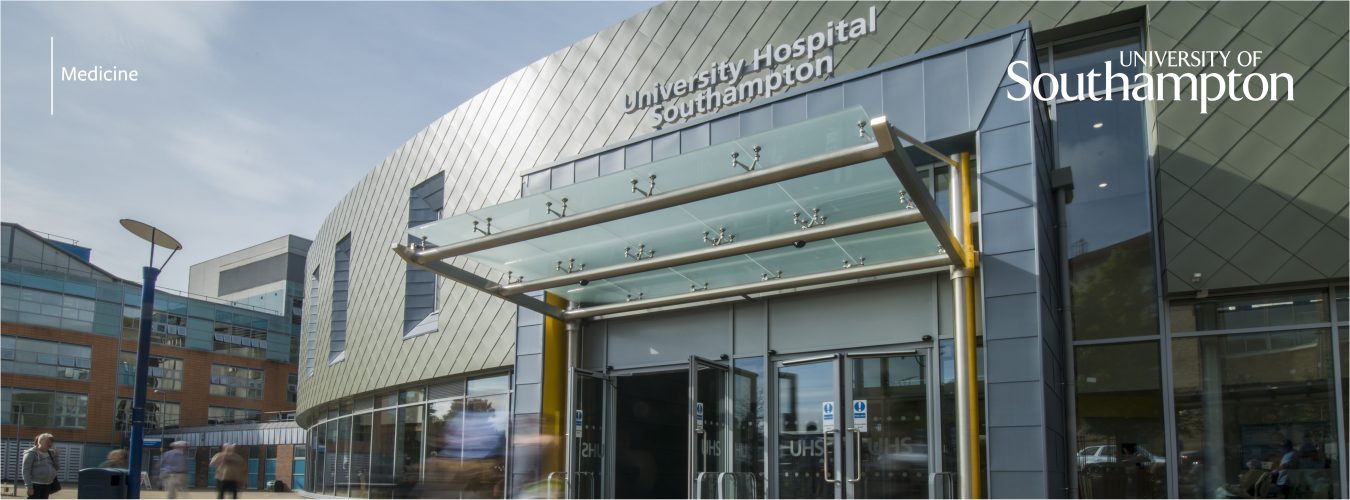The benefits of patient and public involvement in the design and implementation of medical research are well known. With thousands of people helping to shape projects, it means our research is more relevant and more acceptable to patients and the public.
In recent times, patient and public involvement has moved beyond simply consulting with them to actively engaging them in deciding on the important topics for research. The more we do this, the more the agenda for medical research in the UK reflects the priorities of those it is intended to benefit. If we aren’t involving patients and the public in deciding the areas into which we should be putting our research efforts, if they are not in the driver’s seat, then questions could and should be raised about what real-world impact our research will have.
As part of our NIHR-funded EACH-B project we have begun to do this with, maybe the most important group of patients and the public there is – young people.
EACH-B videos
EACH-B is a six-year programme of research, working with LifeLab, to develop and test interventions to support teenagers eat better and move more.
We have tried to create genuine partnership with young people and their parents in developing the EACH-B programme and in designing the intervention. Most recently, we have taken on a group of young people to work with a film company to conceptualise, research, produce, film, edit and disseminate four videos about taking part in medical research. The films are intended to engage the public, specifically other young people, and those around them, about the way science is conducted and the importance of their involvement in medical research.
They are aimed at young people, parents, public contributors and research funders, and use the voices of secondary school students, teachers and public contributors to explain what it is like to take part in research.
Working with this group of talented individuals has sharpened our focus on involving young people in research. The videos are immediate and easy to consume, and they can communicate the emotions and excitement of research much better than the written word. This is a medium we will definitely be using again for disseminating our research. This project has also shown the value of handing over control to young people; the films have a freshness of ideas that we as researchers would not have been able to produce.
What next?
EACH-B is currently in the follow-up phase of the intervention trial and we aim to disseminate our findings next year. We’ve already learnt so much from the study. Most importantly we have learnt that young people want any intervention to improve their health to fit into their lives easily, to make them feel positive about themselves and to be socially acceptable if they are going to engage with it.
We will be employing an enterprise fellow for the remainder of the EACH-B programme who will be able to work within the community, organisations and charities to take forward all the lessons learned from the study. We are also in the process of recruiting a professional, paid group of young people aged 15 to 19 to work with us on developing an agenda for adolescent health research going forward. We plan to equip them with skills to identify and answer the health research questions most important to them. This generation of young people is more digitally savvy than any before. They are also the voters, parents and tax-payers of tomorrow so we need them to be data savvy, science savvy and health savvy too; with these skills their insight and involvement could be integral to researching the pressing global issues we face today.
The major lesson from our experiences is clear. We have a moral obligation and a scientific imperative to involve people in determining what medical research is carried out. We are spending tax-payers money and we should be spending it on medical research that tax-payers think is important. Delivering research that is what the public say they need and want to see. It is therefore by definition impactful.

